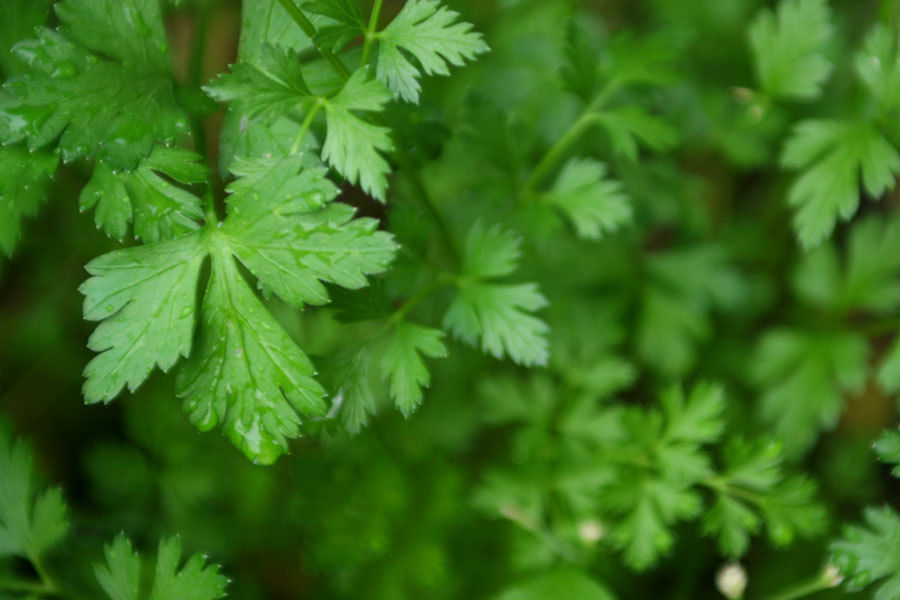top of page

MANGO,TEAK,BAMBOO,MAHOGANY
PLANTATION,NURSERY,SUPPLIER
MANGO FARMING MANGO PLANTATION PLANTS AND SEED SUPPLIER NURSERY PLANTS DASHERI,KESAR,AMRAPALI,LANGRA,CHAUSA
MANGO PLANT NURSERY SUPPLIER
HOW TO GROW MANGO PLANT IN MAHARASHTRA RAJASTHAN, BIHAR HARYANA,MADHYA PRADESH,BIHAR,UTTAR PRADESH,ODISHA,TAMILNADU,TELANGANA WEST BENGAL ,PUNJAB,MAHARASHTRA,GUJARAT,KARNATAK,CHATTISGARH,JHARKHAND,HIMACHAL PRADESH,JAMMU .
Grafted Mango fruit plant nursery supplier,Grafted mango plant
Growing Mangoes (Mangifera Indica)
Mango plant supplierHow To Grow Mango Trees From Seeds (Or From The Nursery)
I know more about growing mangoes than I'd like to. I live in a mango growing region... All my friends grow mango trees commercially!
Whether I like it or not, I do get suckered into helping out when extra hands are needed on deck.
Actually, it's not that bad. The reason so many people I know grow mangoes is that mango trees are extremely easy to grow and manage.
Where Can You Grow Mangoes?
Mangoes are a strictly tropical fruit. They love the tropics. The best climate to grow mangoes is frost free with cool, dry winters and steamy, hot summers.
You can get many different varieties of mangoes suited to different climatic conditions. If you live in a less than ideal climate (you know your climate is ideal when mangoes are growing everywhere), speak to other growers or speak to competent staff in a nursery to make sure you use varieties suited to your climate.
Mangoes like growing in light and free draining soils, they don't need rich soil. You actually get the best crops on soils of somewhat lower fertility.
Getting Started With Growing Mangoes
There are two ways to get started: you can buy mango trees at a nursery or you can grow your own from seed. The seed grown trees will take a lot longer to bear fruit. (Unless you know how to graft them or know someone who does.)
Mango trees that were grown in a nursery are usually grafted and should fruit within three to four years. Seedling trees may take five to eight years. Though here again variety selection makes a difference.
Polyembryonic varieties (see below) will fruit sooner.
Trees that are kept small will also fruit sooner.
Seedling mango trees grow much faster and stronger than the nursery trees and have a seemingly indestructible root system.
Grafted trees are generally of a more manageable size, but grafted or grown from seed, with pruning you can manage them all.
A more important advantage of grafted trees is that you know you will get a reliably bearing tree. If you grow mango from seed you need to know exactly which tree your mango seed came from or you won't know for sure what kind of fruit you are getting until years later...


Planting A Mango Tree
You plant a mango tree just like you plant any other fruit tree, so I won't go into specifics here.
The best time to plant your mango tree is the beginning of the wet season (summer).
Make sure you select a place in full sun. And make triple sure you really want a big tree there!
The tree needs to be sun hardened. If your mango tree was grown in a shade house, gradually get it used to the sun first. Then dig a big enough hole. Carefully separate tree and pot without disturbing the roots.
Put tree in hole, fill in, water.
Mangoes flower profusely and self pollinate very well.
The flowering is triggered by cool nights. In the true tropics a severe cold snap will bring out masses of flowers. For us a severe cold snap is a night below 15°C/60F. In years where it doesn't get so cold we end up with poor crops.
But there are mango varieties that flower well even when it doesn't get so cold. That's why I grow a dozen different ones. And that's why you should do your research before selecting a variety. Or plant a dozen different ones.
In colder climates it can easily be too cold for mango flowers to be viable. Selecting cold hardier varieties is important for you. (Nam Doc Mai would be a suitable variety in Australia.)
Initially you may see masses of tiny mangoes on your flower panicles, but the tree will shed a lot of them and keep only what it can handle. So don't worry if you see a lot of them drop off.
The mangoes will grow bigger and plumper, and eventually they will start to change colour. How long that takes depends on your climate. The hotter the weather the faster the mangoes ripen.
Usually your mangoes will be ready by the beginning of the wet season (late spring/early summer).
Some mangoes don't change colour when ripening. Your best bet for all of them is to squeeze them ever so gently. Once they give a bit they are ready. Don't worry, you will be able to tell the difference between a green, rock hard mango and a ripe one.
If your mangoes get eaten (wild birds, bats, possums, the neighbour's kids...) you can pick them half green. They will ripen at room temperature.
(Ha! My rooms are about 40°C/105F at that time of the year... When they say room temperature they mean 18-22°C/65-70F.)
Be careful when harvesting mangoes, don't get any of the sap on you. The sap can spurt from the fruit stem when it snaps off and can cause burns, allergies and dermatitis.
It also burns the skin of the mango, which will go rotten at that spot.
(That won't matter if you eat it straight away, but it does when you pick them half green.)
The best way to harvest mangoes is to cut them off with a long section of stem still attached, and to handle them carfully so that the stem does not snap off.
bottom of page








